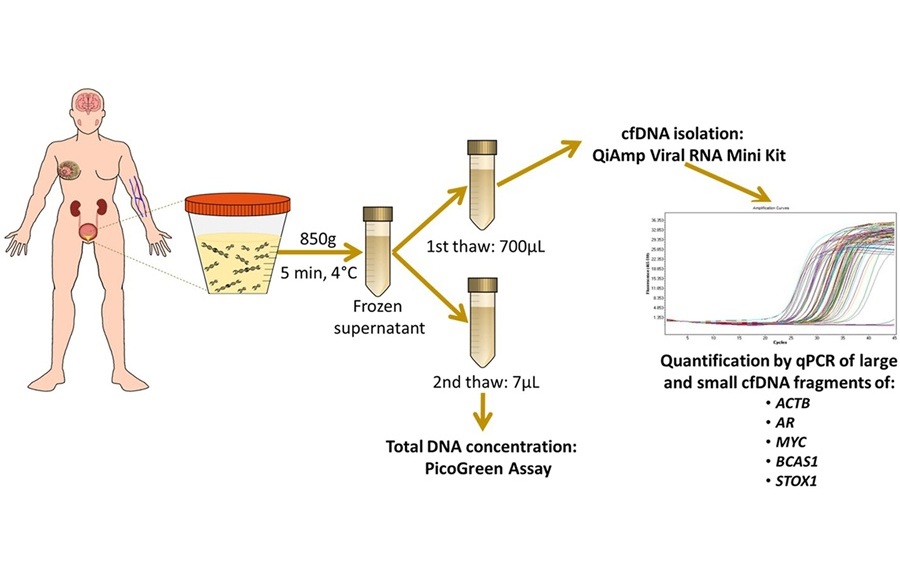Novel Inexpensive, Shelf-Stable, Easy To Use Tests Bring Lab-Level Precision at POC
Posted on 22 May 2024
One of the most critical measurements in healthcare is the blood cell count, which can provide insights into a range of conditions from infections and autoimmune diseases to cancer. Traditionally, collecting a sample for this test involves a blood draw that must be performed at a clinic and analyzed in a centralized clinical laboratory. This requirement can be a significant barrier for homebound individuals or those living in remote areas. Now, researchers have simplified the process to just a finger prick, with blood collected on a paper-dried blood spot card that can be mailed to a lab for analysis, including measurement of white blood cell counts.
Researchers at Tufts University (Medford, MA, USA) are developing methods to perform these tests that significantly reduce costs and increase accessibility. They are utilizing a widely available resource: paper. Their groundbreaking paper-based tests for personal health monitoring do away with the need for costly lab equipment and can be used by anyone, anywhere. These paper analytical devices are inexpensive to produce, can be stored for extended periods, and are easily distributed for use in isolated locations, allowing for critical health data collection at the time and place it's most needed. The team has developed a device known as a patterned dried blood spot card, which features channels and collection zones that precisely measure and dry specific volumes of blood for later analysis. Users simply need to draw blood with a finger prick at home and mail the card to a laboratory, where the amount of DNA unique to white blood cells is measured to determine cell counts.

Additionally, the researchers have developed a paper analytical device to measure lactate, also known as lactic acid, in sweat. Lactate levels can signify oxygen deficiency and serve as a mortality predictor in trauma patients. For athletes or those working in physically demanding environments, lactate also measures muscle fatigue and fitness levels. This device uses bioreactive inks made from silk fibroin—a component of silk fibers—and enzymes that react with lactate to induce a color change. These inks are applied to small paper tabs that adhere to the skin with a common transparent wound dressing film. The tabs change color from yellow to dark red depending on lactate concentration in the sweat, with color changes captured and analyzed using a smartphone camera, achieving accuracy comparable to sophisticated lab equipment.
“People in remote and low-income regions tend to have reduced access to healthcare, which makes it all the more important to come up with cheaper and easier ways for them to monitor indicators of health,” said Charlie Mace, associate professor of chemistry. “This technology is likely to have additional applications in infectious disease such as detecting levels of virus and parasites in the blood and more generally in detecting markers of health and wellness.”
Related Links:
Tufts University














